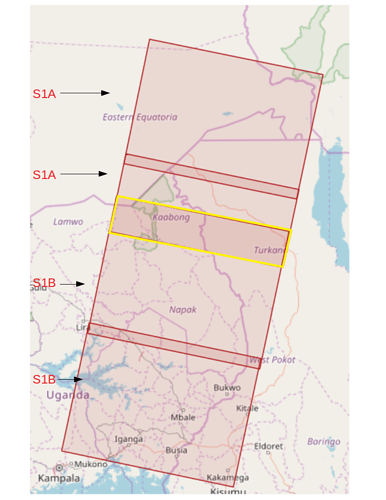Guido,
thanks for your answer.
I’m not sure I understand correctly what you mean.
Here’s another image which shows how the slices are in this area:
So I’m actually only after the intersection area between A and B, here in yellow. Not sure what combinations there are.
